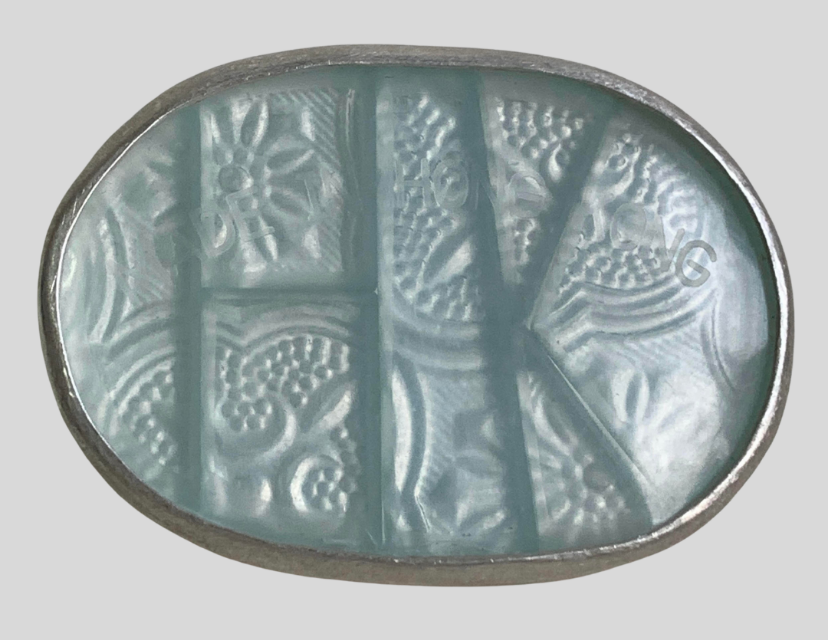For decades the product label “Made in Hong Kong” indicated the origin of certain commodities. It became controversial in 2020 when US president Donald Trump announced that goods imported from Hong Kong to the US should no longer carry the label “Made in Hong Kong”, but instead be marked as “Made in China”, a proposition that was subsequently put in place by July 29, 2020 and is discussed by the World Trade Organization’s governing boards until today.See: [The Standard](https://www.thestandard.com.hk/breaking-news/section/4/166052/WTO-to-rule-on-US-ban-on-%22Made-in-Hong-Kong%E2%80%9D-label ; https://www.federalregister.gov/documents/2020/08/11/2020-17599/country-of-origin-marking-of-products-of-hong-kong) For Hong Kong people, the Trump administration’s abandonment of the “Made in Hong Kong” label does not only concern trade policies, but directly touches upon identity issues. The piece from the lid of a plastic food container used in Ching Sze Yin, Cicy’s brooch is a fragment of the past preserved in a piece of jewelry and set in a silver frame.
